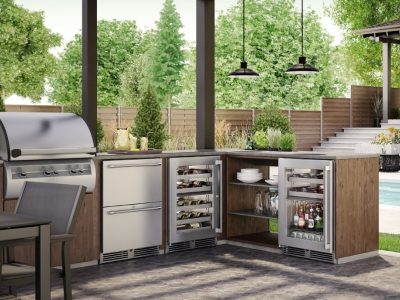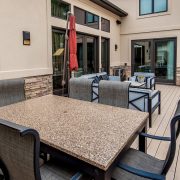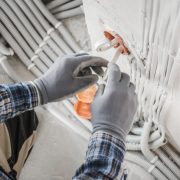Newcomers to Idaho often focus on housing and basic utilities while overlooking several unique costs requiring proper budgeting to fully enjoy the state’s lifestyle. While easily manageable with planning, these expenses represent essential considerations for those relocating to the Gem State. When people research what is the cost of living in Idaho, these lesser-known expenses help create a more complete financial picture that ensures a smooth transition to life in this beautiful state.
Winter readiness investments
Idaho’s distinct seasons bring specific costs that many relocators don’t anticipate. Winter preparations require thoughtful budgeting for items during the colder months. Snow removal equipment becomes essential, with quality snow blowers costing $500-$1,000 and professional snow removal services running $50-$100 per visit. All-season or winter tires represent another important investment at $600-$1,000 per set, ensuring safe travel during Idaho’s snowy months. Home winterisation adds to the seasonal budget with expenses like increased heating costs (often $200-$400 monthly during peak winter), weatherproofing materials, and proper insulation upgrades. Many residents invest in backup generators ($1,000-$3,000) for power security during winter storms, while others budget for wood stoves or pellet heaters that provide efficient supplemental heating.
Outdoor lifestyle expenses
Idaho’s abundant recreational opportunities come with associated costs that newcomers should plan for to embrace the state’s active culture fully. Essential outdoor gear requirements include:
- Quality hiking boots and clothing: $300-$600
- Fishing licenses and equipment: $200-$500 annually
- Camping gear basics: $500-$1,000
- Mountain bikes or recreational vehicles: $1,000-$5,000+
- Annual park passes and recreation permits: $100-$300
Water sports enthusiasts budget for boats, paddleboards, or kayaks, while winter sports lovers invest in ski passes, equipment, and travel to Idaho’s world-class resorts. These expenses, while optional, represent significant value for those seeking to maximise their Idaho experience and access the state’s renowned outdoor amenities.
Rural living considerations
Many newcomers choose Idaho for its rural charm, which brings specific costs that differ from urban living. Well maintenance and water testing run $200-$500 annually, ensuring safe drinking water for properties on private wells. Septic system pumping and maintenance average $300-$500 every 3-5 years, representing an important long-term budget item for rural homeowners. Internet connectivity in rural areas often requires satellite services ($100-$150 monthly) or initial installation fees for fixed wireless providers. Depending on property size and usage, propane delivery for heating and cooking can cost $1,000-$2,000 annually. Many rural residents also budget for emergency supplies and equipment, recognising that services may take longer to reach remote locations.
Agricultural property owners encounter additional expenses like irrigation water rights fees, livestock care costs, and specialised equipment maintenance. These investments contribute to the authentic Idaho lifestyle many seek, allowing residents to enjoy property ownership with proper financial preparation. The key to successful relocation lies in comprehensive budgeting that accounts for these Idaho-specific expenses. While they represent additional costs beyond typical housing and utilities, these investments enable residents to participate in the state’s exceptional quality of life fully. From winter adventures to summer recreation, proper financial planning ensures newcomers can embrace everything Idaho offers without financial stress.
Experienced Idaho residents often advise newcomers to set aside 10-15% of their monthly budget for these lifestyle expenses during their first year. This approach allows for comfortable adjustment to Idaho’s unique requirements while building the foundation for long-term enjoyment of the state’s unparalleled natural resources and community atmosphere.












Comments